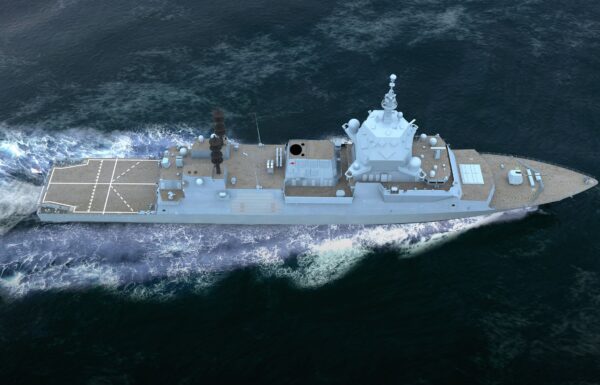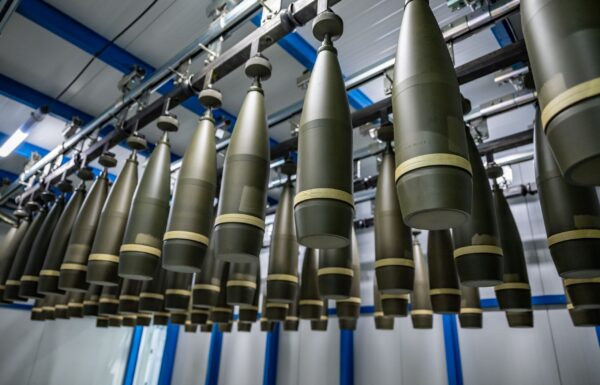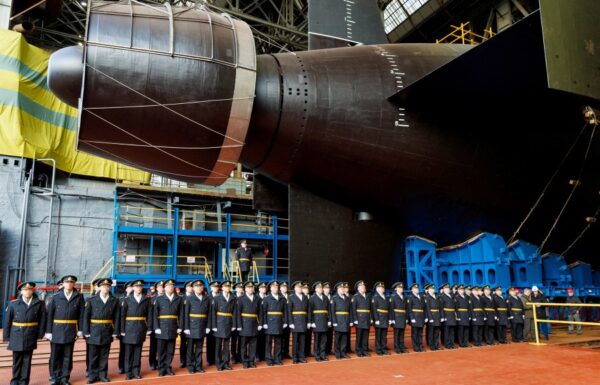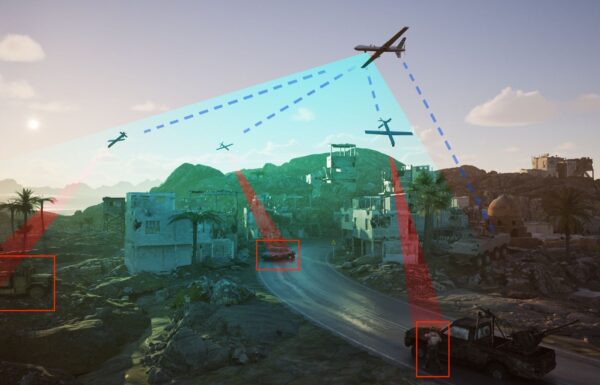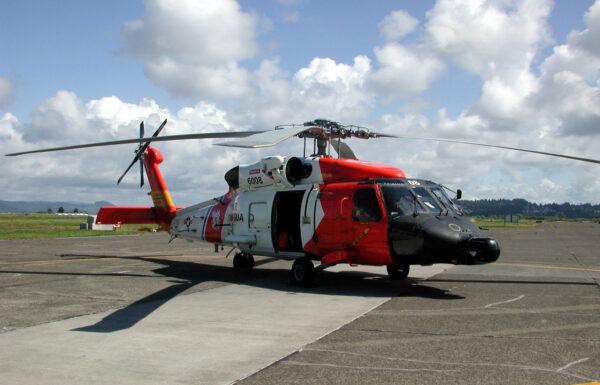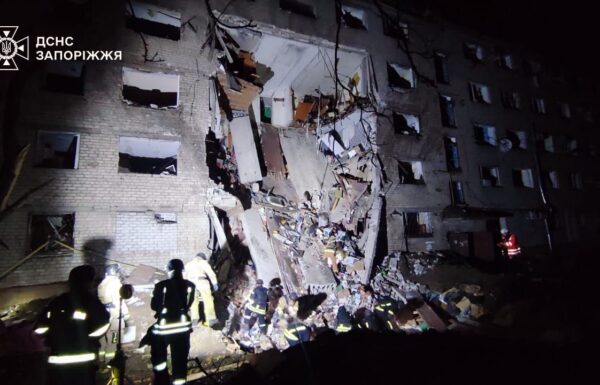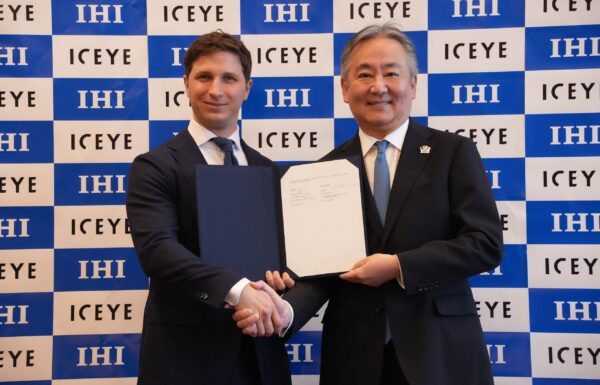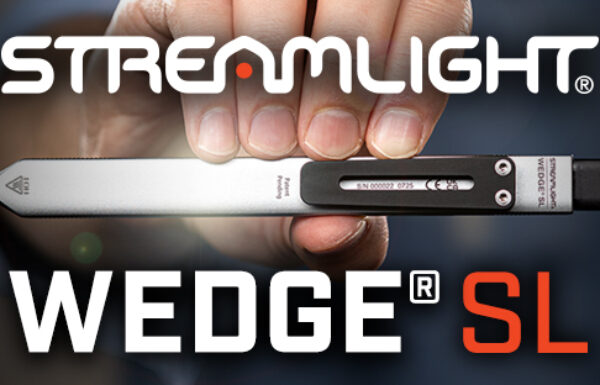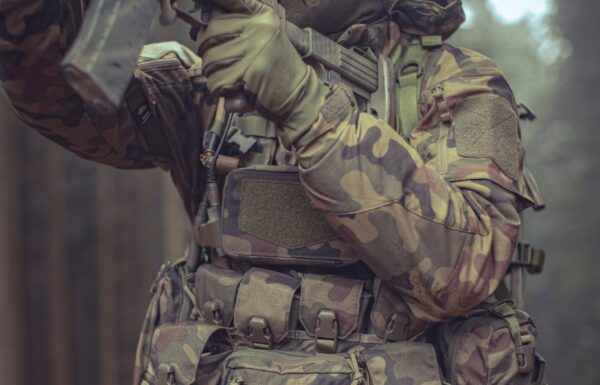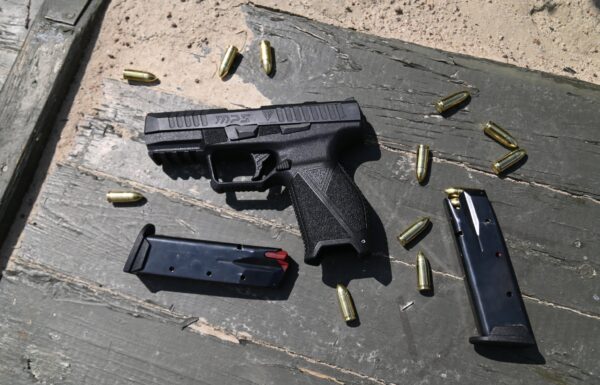On Friday, October 3rd, 2025, the French group Thales announced an acceleration of the serial production of GroundFire 300 (GF300) multifunction radars, equipped with an Active Electronically Scanned Array (AESA) antenna, which began earlier this year. The radars are intended for the next-generation SAMP/T NG (Système sol-Air de Moyenne Portée Terrestre de Nouvelle Génération) air and missile defense systems.
Production began following the successful completion of factory acceptance tests, conducted in the presence of representatives from the General Directorate for Armament (Direction générale de l’Armement, DGA) under France’s Ministry of the Armed Forces and Veterans.
These factory acceptance tests marked the culmination of a long series of evaluations carried out at Thales’ facility in Limours, in the Essonne department, aimed at ensuring the highest level of performance for the new autonomous radar. The production of components, including transmit-receive modules, takes place at the Ymare site in the Seine-Maritime department.
Eight GroundFire air defense radars will be delivered to the French Armed Forces starting in 2026, demonstrating Thales’ capability to support France and Europe in protecting their airspace and sovereignty through reliable production. In 2024, Thales tripled its output of surveillance and air defense radars and continues to expand to meet the growing challenges of airspace protection.
The program is overseen by the Organisation Conjointe de Coopération en matière d’Armement (OCCAR) for the French customer. The main contractor for the entire system is the Eurosam consortium (composed of MBDA and Thales), with Thales providing several components, including the fire control system based on the GroundFire radar.
“The Ground Fire, designed and produced in Europe, will contribute to a robust European air defence system. We have implemented all the necessary processes to accelerate industrial production, tripling radar production in our factory in Limours from 2022 to 2024 and increasing the robustness of our supply chain and partner eco-system, to ensure swift on-time delivery to contribute to air surveillance and air defence of European nations,” declared Eric HUBER , Vice-President, Surface Radars at Thales.
The GF300 radar, equipped with an AESA antenna, utilizes gallium nitride (GaN) technology and operates in the S-band frequency range. Its rotating antenna allows it to detect aerodynamic targets within a 360-degree azimuth and 90-degree elevation coverage. The radar’s maximum instrumental range is 400 km. The first prototype was ordered in April 2019, and production began in July 2020.
Thales presented the concept of its new GroundFire family of multifunction radars at the 2017 Paris Air Show, with the GF300 being the first system in the series. The GF300 is an evolution of the SeaFire 500 (SF500) naval radar, which also operates in the S-band and is equipped on the Belharra-class frigates of the French and Greek navies. Both the GroundFire and SeaFire radar architectures are modular and scalable. A standard GF300 radar block consists of 20 computer-controlled transmit-receive modules, while the SF500 radar block includes 12 modules.
The SAMP/T NG air defense system has so far been ordered by France (nine batteries, with an option for four more) and Italy (ten batteries), with Denmark set to become the next user. In addition to the radar, the system includes Aster 30 B1 NT (Block 1 Nouvelle Technologie) interceptor launchers featuring a new guidance system and control computer, as well as the ME-NG (New Generation Engagement Module) command and control unit, based on an enhanced open software and communications architecture.
The SAMP/T NG system will be capable of intercepting medium-range ballistic missiles (MRBMs) and addressing new battlefield threats such as hypersonic missiles. In comparison, the current SAMP/T system, equipped with an X-band Arabel radar and Aster 30 missile, is only capable of intercepting short-range ballistic missiles (SRBMs). This means that its detection and interception capabilities will increase by a factor of three. The system will also be able to engage other aerial targets, such as aircraft, cruise missiles, and unmanned aerial vehicles.
See Also


